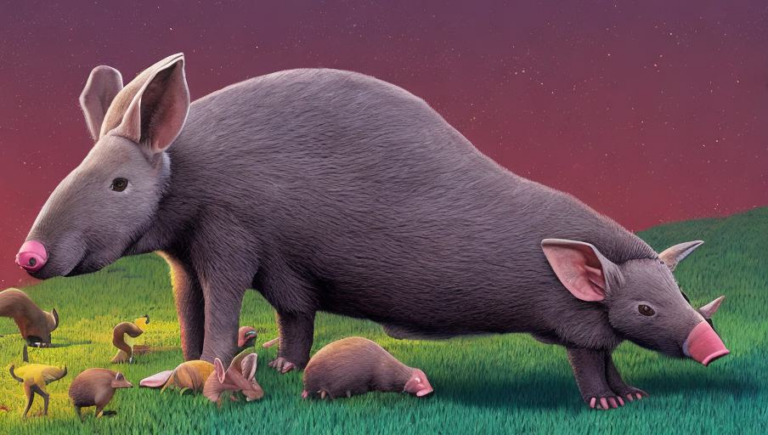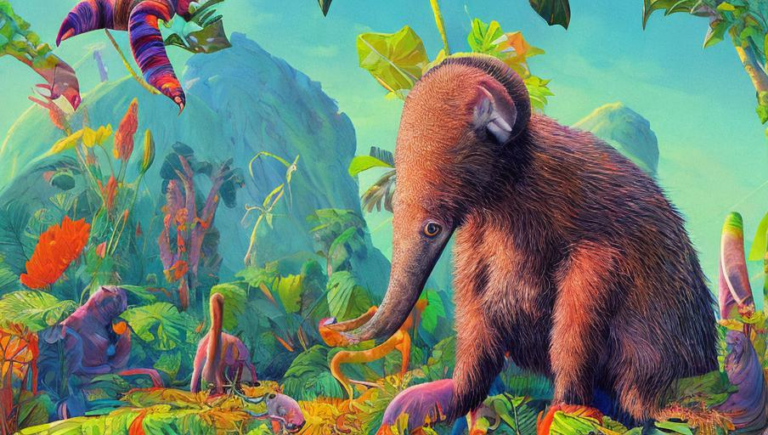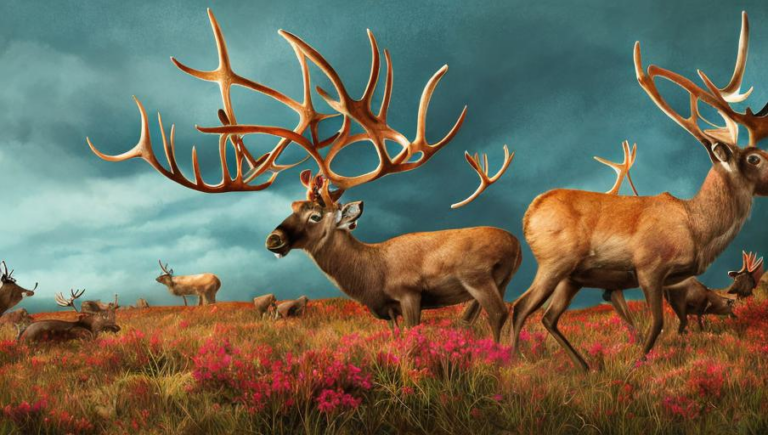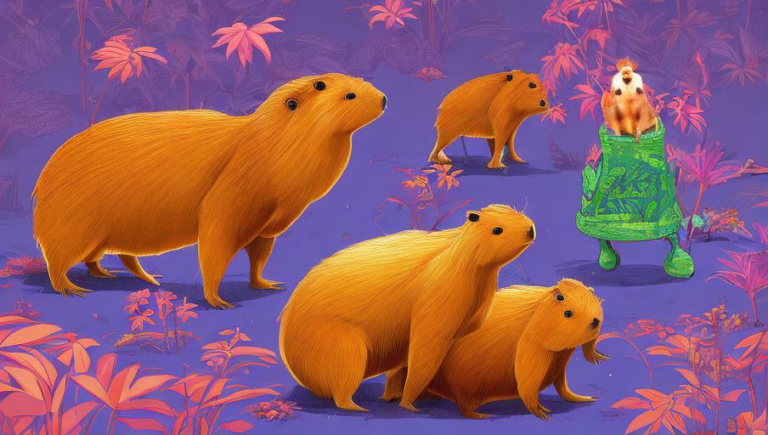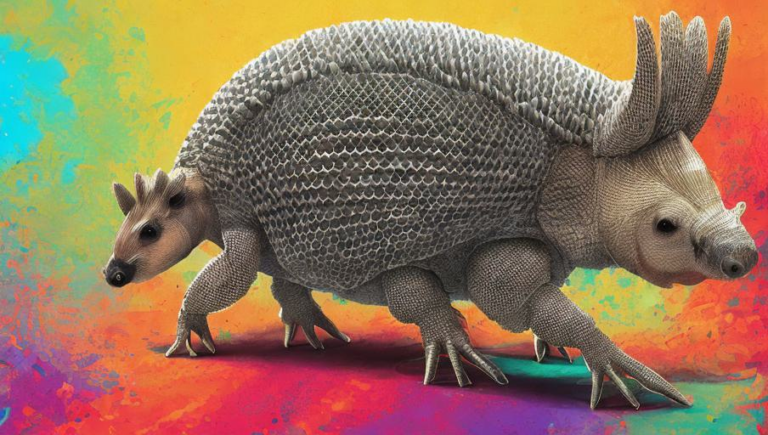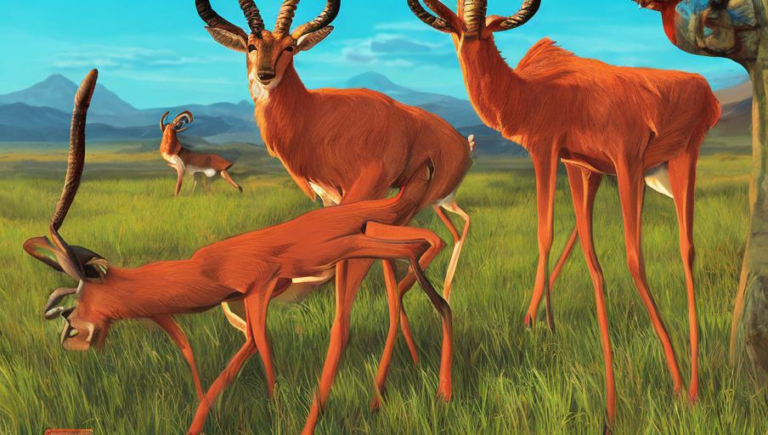Nature’s Winter Warriors: The Caribou
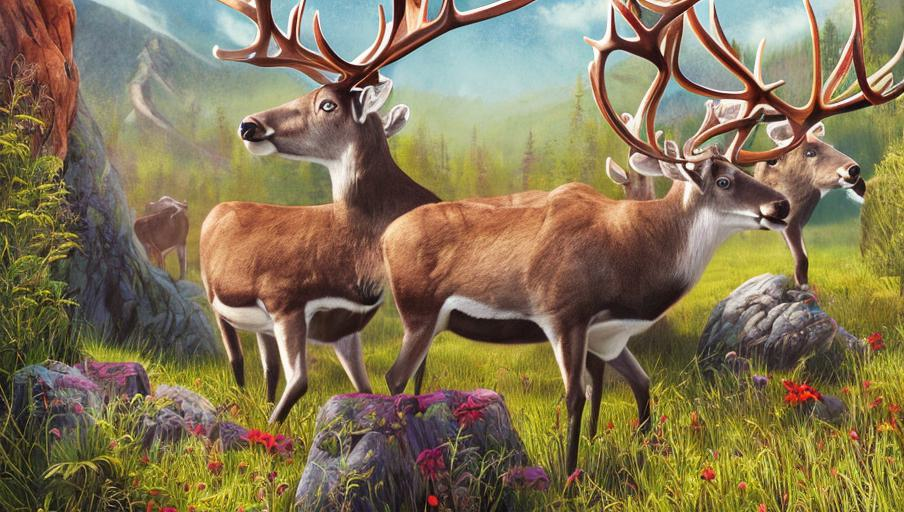
Introduction
The Caribou, also known as the reindeer, is a species of deer that has been around for thousands of years. They are found in the northern parts of North America, Europe, and Asia. In the winter, they migrate south in large herds to areas with warmer climates. The Caribou is an important species in the ecosystems in which they inhabit, and their presence is integral to the balance of the environment.
The Caribou’s Winter Migration
The Caribou’s annual migration is one of the longest migrations of any land mammal. They travel up to 3,000 miles, from the Arctic tundra to the boreal forest, in search of food and shelter. During their migration, the Caribou must brave harsh weather conditions, including deep snow, icy winds, and sub-zero temperatures. They are well-adapted for these conditions and can traverse even the deepest snow.
Adaptations for Survival
The Caribou is well-equipped to survive the winter. They have several adaptations that help them to survive the cold temperatures and deep snow. For example, they have large hooves which act like snowshoes, allowing them to walk on top of the snow. Additionally, they have thick fur that helps to keep them warm in the coldest temperatures. Furthermore, they have a special digestive system that allows them to eat food that is usually unavailable to other species during the winter, such as lichen and moss.
Threats to the Caribou
Unfortunately, the Caribou is facing threats from human activities. These include habitat destruction, poaching, and climate change. As their habitat shrinks, the Caribou must migrate further in search of food and shelter. Additionally, poaching is a major threat. As their populations decline, the Caribou are becoming an increasingly valuable commodity, leading to more poaching. Finally, climate change is causing the temperatures in the Caribou’s habitat to rise, making it harder for them to survive.
Conservation Efforts
Fortunately, there are many conservation efforts in place to help protect the Caribou and their habitat. For example, many conservation organizations are working to protect their habitats from development and provide support to the local communities that rely on the Caribou for their livelihoods. Additionally, laws have been put in place to protect the Caribou from poaching. Finally, research is being done to better understand their migratory patterns and how the changing climate is impacting them.
Conclusion
The Caribou is an important species in many ecosystems and their presence is integral to the balance of the environment. Unfortunately, they are facing threats from human activities and climate change, which are making it increasingly difficult for them to survive. Thankfully, there are many conservation efforts in place to help protect the Caribou and their habitats. It is essential that we continue to work together to protect this species and their habitats for generations to come.
